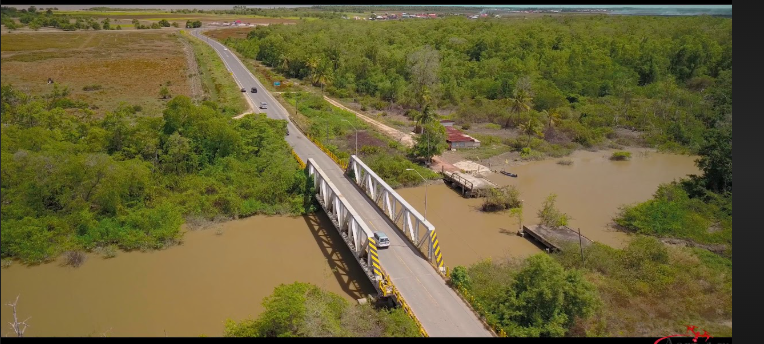The Abary Bridge, located in Region 5 (Mahaica-Berbice) of Guyana, has a rich history tied to the country’s transportation and infrastructure development. Here’s a detailed look:
Early Beginnings
The bridge was initially constructed as part of Guyana’s railway system, which connected Georgetown to Rosignol. This railway was crucial for transporting goods and passengers across the region. The original bridge was made of timber, reflecting the materials and construction techniques of the time.
Modernization
In 1958, the timber bridge was replaced by a lattice girder bridge, manufactured by P. and W. MacLellan Ltd. in Glasgow, England. This upgrade was part of broader efforts to modernize Guyana’s infrastructure. The new bridge was designed to handle increased traffic and heavier loads, ensuring its durability.
Reconstruction
In 1961, a new bridge was constructed by Sprostons Limited, a prominent engineering company in Guyana. This bridge was dedicated by the Minister of Works and Hydraulics, Mr. Ramkarran, on September 20, 1961. It marked a significant milestone in the country’s infrastructure development.
Transition to Road Use
After the railway system was discontinued, the Abary Bridge was rehabilitated to serve as a road bridge for vehicles. It was paved with asphalt and became an essential part of the main access road in Region 5, connecting communities and facilitating trade and travel.
Present Day
Today, the Abary Bridge stands as a symbol of Guyana’s evolving infrastructure. It serves as a vital link for residents and travelers in the region, while also being a reminder of the country’s rich transportation history.

